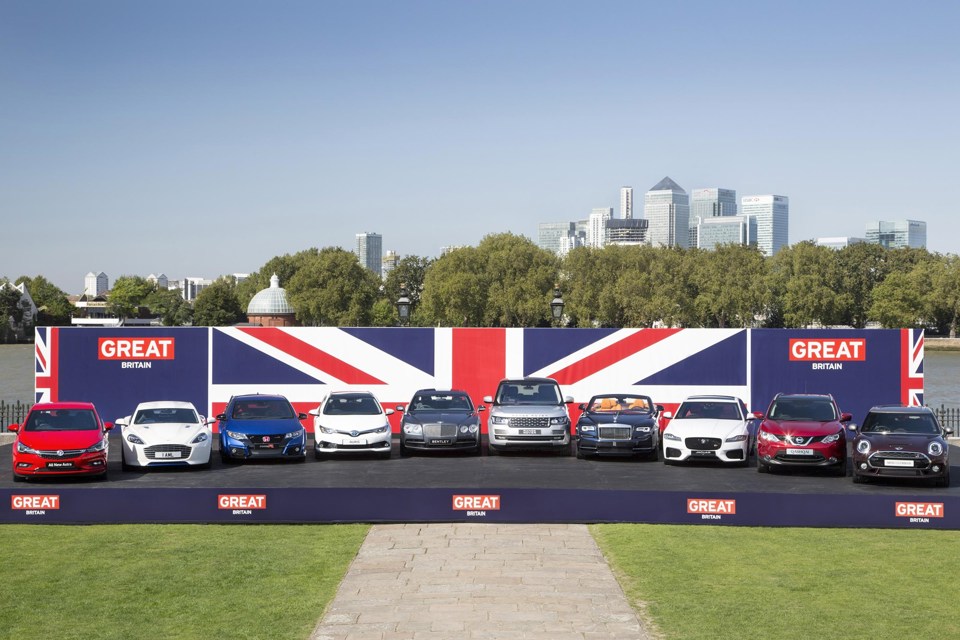British manufacturers saw their highest production total for a decade in 2015, with 1,595,697 vehicles rolling off the production lines.
Figures released by SMMT has revealed that last year saw production rise 3.9% on 2014 to overtake pre-recession levels for the first time.1
A record number of cars – representing 77.3% of total production – were for export, with 1,227,881 units leaving the UK, up 2.7% on 2014 levels.
Mike Hawes, SMMT Chief Executive, said: “Achieving these hard fought for results is down to vital investment in the sector, world class engineering and a committed and skilled UK workforce – one of the most productive in the world.”
Challenges were experienced in some global markets such as China, where demand fell by 37.5%, and Russia, where export volumes declined 69.4%.
However, the economic recovery in Europe, the UK’s biggest trading partner, boosted demand for UK-built cars considerably by 11.3% in 2015. The region now accounts for 57.5% of all UK car exports.
Appetite for British-built cars grew significantly in other key and emerging regions, demonstrating the strength and diversity of UK manufacturing and product.
In the US, demand rose by more than a quarter (26.5%), making it the UK’s biggest trading destination outside the EU, ahead of China.
Meanwhile, notable growth was also seen in Australia, South Korea, Turkey and Japan with volumes up 53.7%, 55.2%, 41.1% and 35.4% respectively.
British consumer and business demand for British-made cars also contributed to last year’s success, with the home car market rising 8.1% on the previous year. One-in-seven new cars registered in the UK in 2015 was made in Britain.
Mike Hawes, SMMT Chief Executive, said that continued growth was “far from guaranteed”, however, stating that the manufacturing sectors success depends heavily on global economic conditions and political stability.
He added: “Europe is our biggest trading partner and the UK’s membership of the European Union is vital for the automotive sector in order to secure future growth and jobs.”



















Login to comment
Comments
No comments have been made yet.